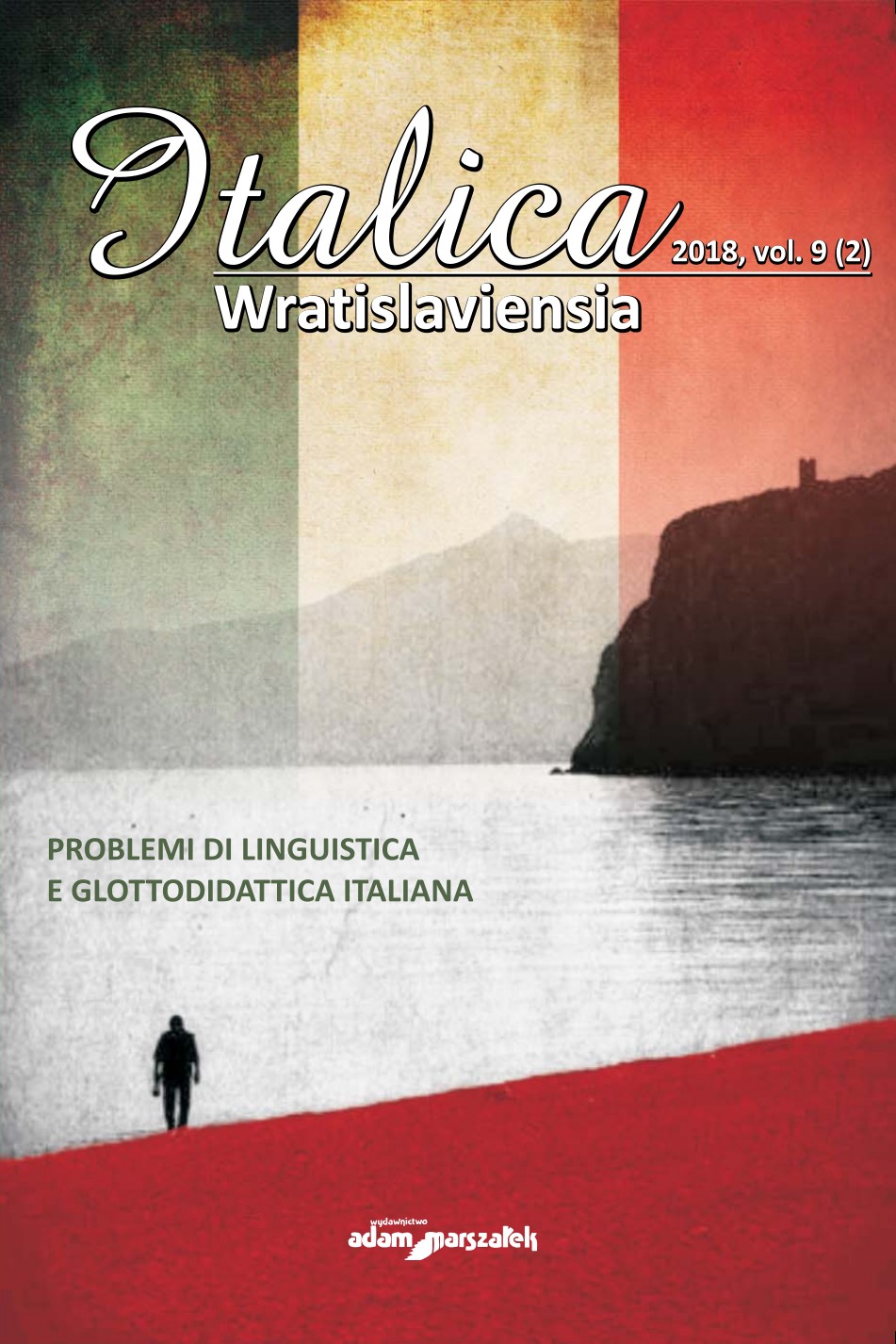"Essere" o "avere"? La selezione dell’ausiliare tra teoria e didattica nell’insegnamento dell’italiano a stranieri
"Essere" or "avere"? The Selection of Auxiliary Between Theory and Didactics in the Teaching of Italian L2
Author(s): Davide BozzoSubject(s): Theoretical Linguistics, Applied Linguistics
Published by: Wydawnictwo Adam Marszałek
Keywords: Italian auxiliaries; auxiliary selection; Italian compound tenses; Italian L2
Summary/Abstract: In the teaching of Italian L2, learners and teachers encounter difficulties when they are faced with the issue of auxiliary selection in the formation of compound tenses. If we analyse the way grammars for foreigners deal with the problem, we notice—between hypertrophic classifications and lists of exceptions—the lack of a model that is able to explain the phenomenon in a systematic and exhaustive manner. Looking at the source, i.e., the Italian L1 grammars, the syntactic model based on the distinction between transitive and intransitive verbs, both in its traditional and non-accusative version, is not suitable for application in L2 teaching, especially in the case of learners from countries where little room during class time is given to metalinguistic reflection. This paper aims to suggest an alternative semantic model that is capable of representing an orientation tool for learners and finding a balance between theoretical and teaching needs, as well as between learning and acquisition. According to our model—which moves the attention from government to diathesis and starts from the meaning of the auxiliaries as autonomous verbs—avere is used when the effects of the action expressed by the verb are directed towards the external world. Meanwhile, essere is used when such effects are directed towards the subject itself, that is, when the syntactic subject of the sentence represents the semantic object of the event, and it therefore assumes the role of the patient, typical of passive and middle diathesis.
Journal: Italica Wratislaviensia
- Issue Year: 9/2018
- Issue No: 2
- Page Range: 55-80
- Page Count: 26
- Language: Italian

